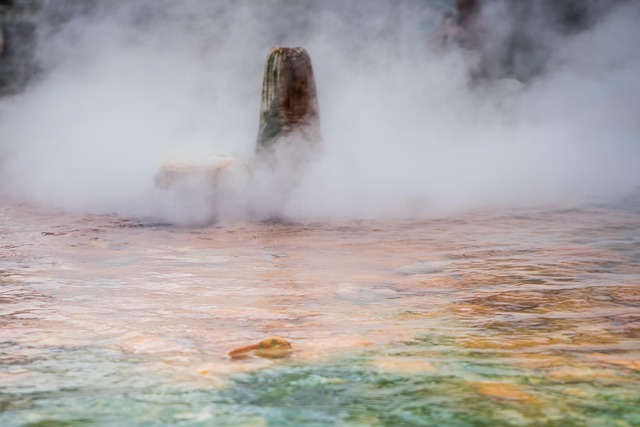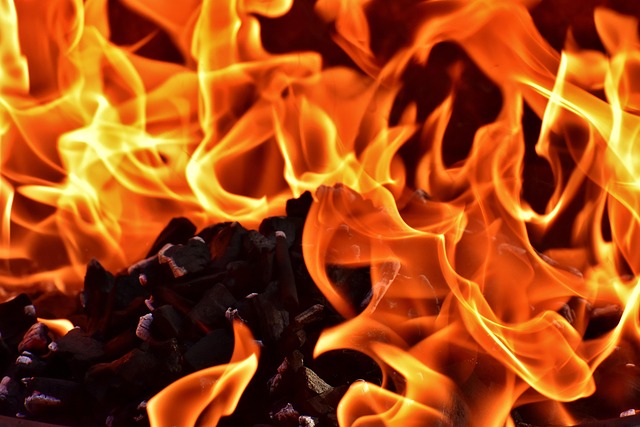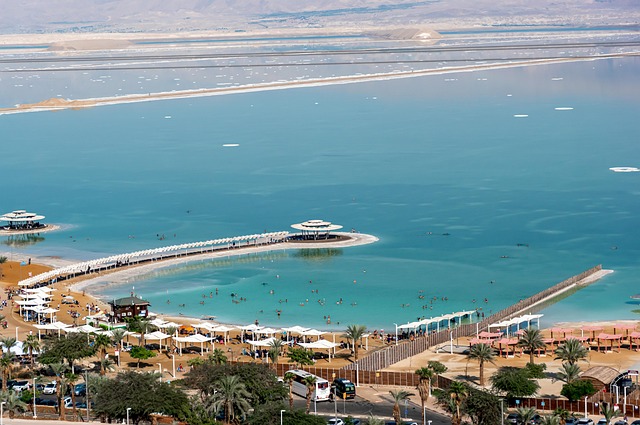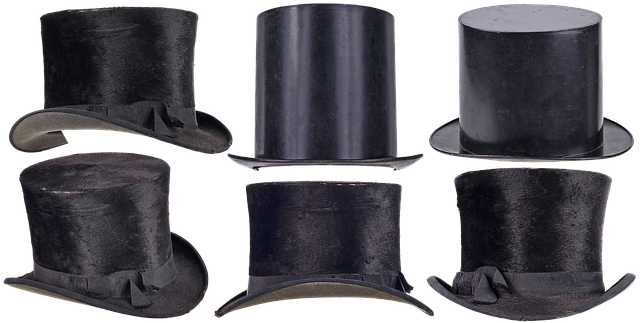Hot water cylinders require regular maintenance and skilled repairs to prevent issues like mineral buildup, corrosion, and malfunction. Identify faulty parts through inspection and choose high-quality replacement components from reputable suppliers. Prioritize safety during disassembly and reassembly, consulting manufacturer guidelines. Avoid common pitfalls by opting for genuine parts, understanding warranties, and seeking professional help for complex problems. Regular maintenance, including flushing and insulation checks, ensures longevity and reliable hot water supply.
Looking to fix your hot water cylinder? This comprehensive guide walks you through the entire process, from understanding common failures to ensuring long-lasting repairs. We’ll help you identify necessary replacement parts, source quality spare components, and offer safe disassembly and installation tips. Learn how to avoid common mistakes and maintain your hot water supply for years to come, all with expert advice tailored for effective hot water cylinder repair.
- Understanding Hot Water Cylinder Failures
- Identifying Necessary Replacement Parts
- Purchasing Quality Spare Components
- Safe Disassembly and Installation Tips
- Common Mistakes to Avoid During Repair
- Maintenance for Long-Lasting Hot Water Supply
Understanding Hot Water Cylinder Failures

Hot water cylinders are an essential part of any home or commercial property’s plumbing system, and their failure can cause significant disruptions. Understanding common issues that lead to hot water cylinder repairs is crucial for homeowners and building managers alike. One of the primary reasons for a hot water cylinder’s malfunction is age and wear and tear; over time, the cylinder’s components, including the heating element and thermostat, may degrade or break down. This can result in inefficient heating, prolonged heat-up times, or even failure to heat the water altogether.
Another factor contributing to hot water cylinder failures is mineral buildup and corrosion. Hard water, rich in minerals like calcium and magnesium, can leave behind deposits inside the cylinder, reducing its efficiency and potentially causing it to overheat. Over time, these deposits can lead to insulation damage and even failure of the heating element. Regular maintenance, including flushing and cleaning, can help prevent such issues, but ultimately, replacement parts may be necessary for effective hot water cylinder repair. DIY hot water cylinder repair tutorials are available for minor issues, offering cost-effective solutions, while more complex problems may require professional boiler repair services to ensure the system’s safety and longevity.
Identifying Necessary Replacement Parts

When undertaking hot water cylinder repair, identifying the necessary replacement parts is a crucial first step. Start by thoroughly inspecting your current cylinder to determine which components are worn out or damaged. Common areas of concern include the pressure relief valve (PRV), which can leak and requires regular attention, and the thermostat, responsible for regulating temperature and a frequent point of failure. Other potential replacements could be the dip tube, which helps prevent sediment buildup, or the cold water inlet, if corrosion or damage is evident.
Hot water cylinder troubleshooting tips suggest checking for any visible signs of rust, pitting, or corrosion, as these often indicate underlying issues that may require more than just a simple fix. Preventative measures for hot water cylinder issues can be taken by keeping an eye on regular maintenance tasks such as flushing and cleaning the tank to prevent sediment buildup, which can lead to reduced efficiency and potential damage over time.
Purchasing Quality Spare Components

When undertaking hot water cylinder repair, purchasing quality spare components is paramount to ensure lasting results and prevent future issues. Opting for genuine or certified replacement parts guarantees compatibility and functionality, aligning with expert advice on hot water cylinder repairs. Using subpar or generic spares might lead to improper fitment, leaks, or even more significant damage to the cylinder, complicating the initial fix and potentially causing costly additional repairs.
For a successful step-by-step hot water cylinder replacement, selecting components from reputable suppliers who offer both quality assurance and technical support is wise. Additionally, considering the specific model and brand of your hot water heater will ensure you get the right parts for an efficient fix, especially when addressing issues like a noisy hot water heater. This meticulous approach guarantees not just short-term solutions but also long-lasting, reliable hot water cylinder repair.
Safe Disassembly and Installation Tips

When tackling a hot water cylinder repair, safety should always be your top priority. Before beginning disassembly, ensure that the power to the heater is switched off and disconnected at the control panel. This is crucial to prevent any accidents or burns during the process. Wear protective gear, including gloves and eye protection, as certain parts may be sharp or hot to the touch.
During disassembly, follow a systematic approach to avoid damage. Start by draining the cylinder to remove any residual water. Then, carefully remove the insulation and access panels to expose internal components. Identify the faulty part and gather the necessary tools for installation. For instance, if replacing an element, you’ll need a suitable replacement with the correct specifications. Reassemble the cylinder, ensuring all connections are secure, and test its functionality before use. Regular maintenance and timely repairs can prevent hot water cylinder failures and keep your system running smoothly, potentially reducing the need for costly hot water cylinder replacement.
Common Mistakes to Avoid During Repair

When undertaking a hot water cylinder repair, it’s crucial to steer clear of common mistakes that can lead to further complications and unnecessary expenses. One of the most frequent blunders is attempting DIY repairs without fully understanding your hot water cylinder’s functionality and any associated warranties. Always consult the manufacturer’s guidelines and consider seeking professional advice, especially for complex issues like faulty heating elements or pressure regulation problems. Fix hot water pressure issues promptly to prevent damage to plumbing fixtures and appliances.
Another mistake to avoid is opting for subpar replacement parts, which may not be compatible or durable enough. Ensuring you buy genuine or certified replacement parts specifically designed for your hot water cylinder model can save you from future repairs. Remember, understanding your hot water cylinder warranty is essential; it provides coverage for repairs and replacements, protecting your investment. Affordability shouldn’t compromise quality when choosing hot water cylinder repair options.
Maintenance for Long-Lasting Hot Water Supply

Regular maintenance is key to ensuring your hot water cylinder remains in top condition and provides a reliable source of hot water for years to come. One of the most common issues with hot water cylinders is a burst pipe, which can lead to significant damage and an emergency repair situation. To prevent this, it’s advisable to check pipes for any signs of corrosion or weakness, especially in older homes. Insulating your hot water pipes is another effective strategy to enhance efficiency and reduce the risk of bursts during cold weather.
By undertaking basic hot water cylinder repair tasks, such as inspecting and replacing worn-out components, you can extend the life of your cylinder. Additionally, keeping an eye on energy usage and considering more efficient models with modern insulation can save money in the long run. Regular maintenance not only guarantees a continuous supply of hot water but also contributes to environmental sustainability by reducing energy consumption.
When it comes to hot water cylinder repair, being equipped with knowledge about failures, necessary parts, and safe installation practices is key. Investing in quality replacement components ensures a lasting fix, while proper maintenance promises an uninterrupted hot water supply for years to come. Remember, tackling these repairs can be challenging, so taking time to understand the process and using reliable spare parts will make all the difference.
